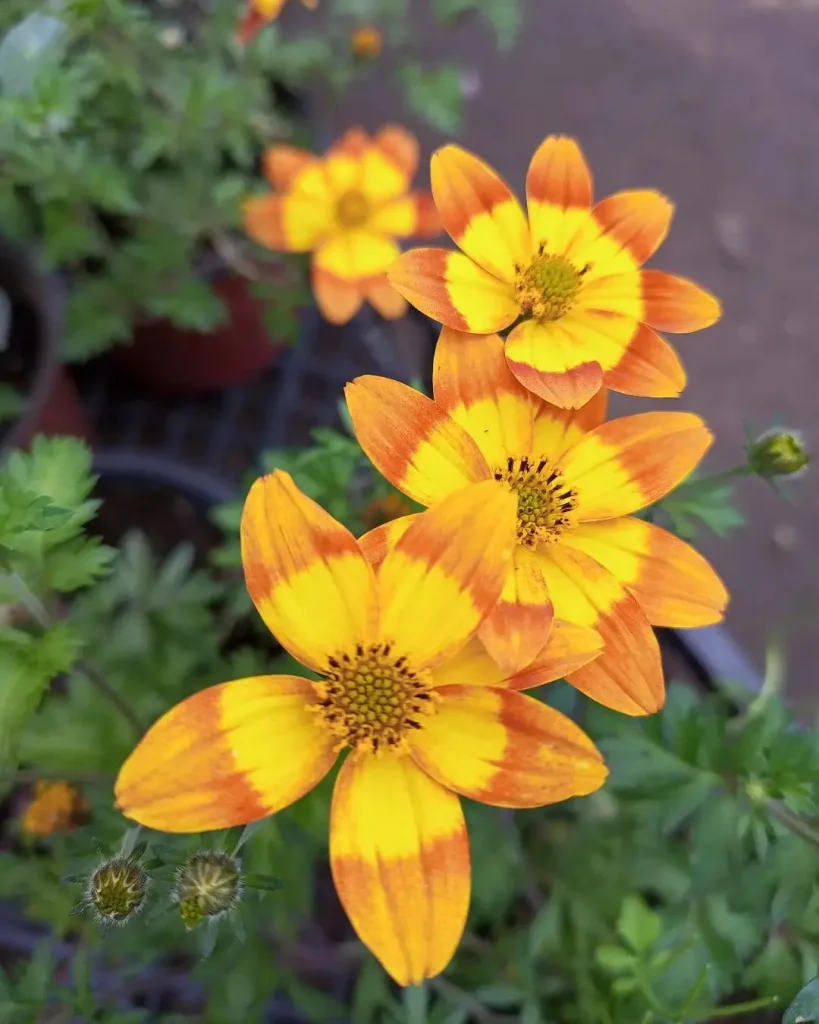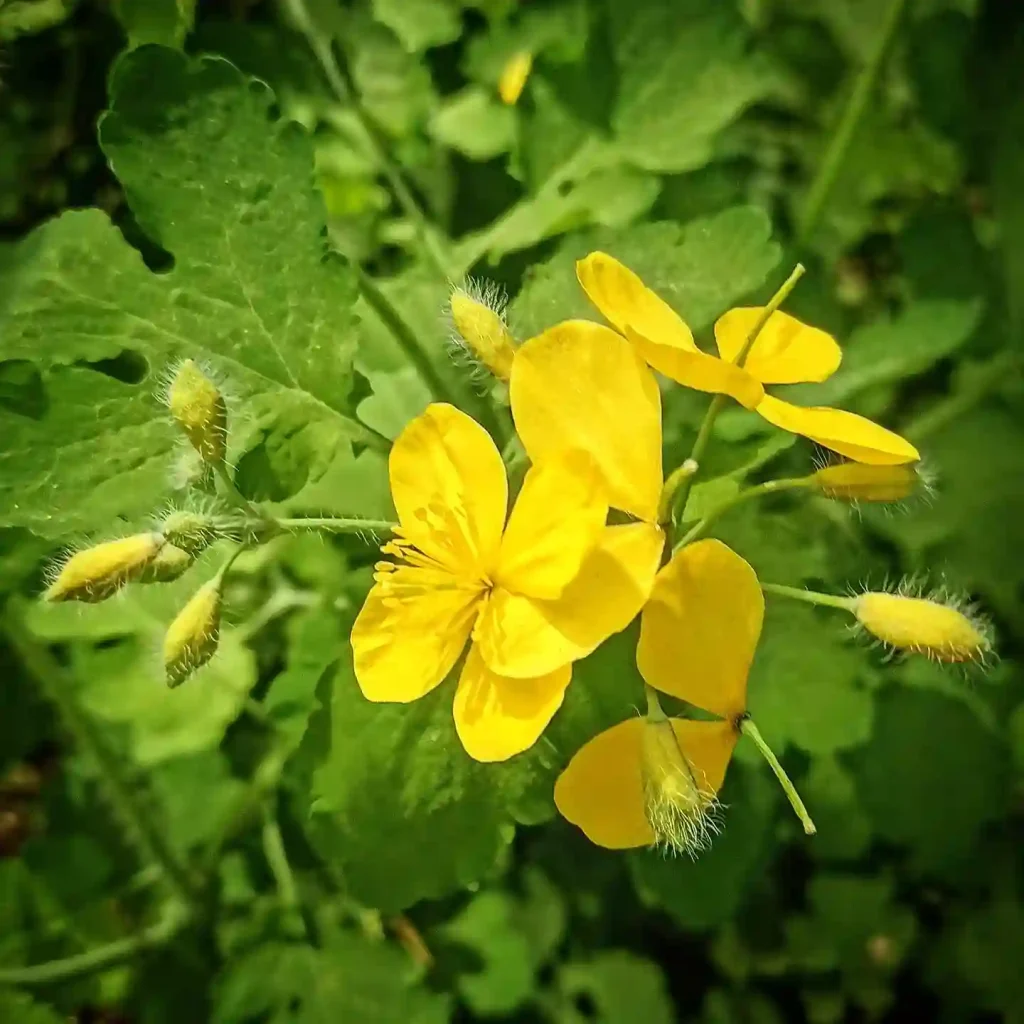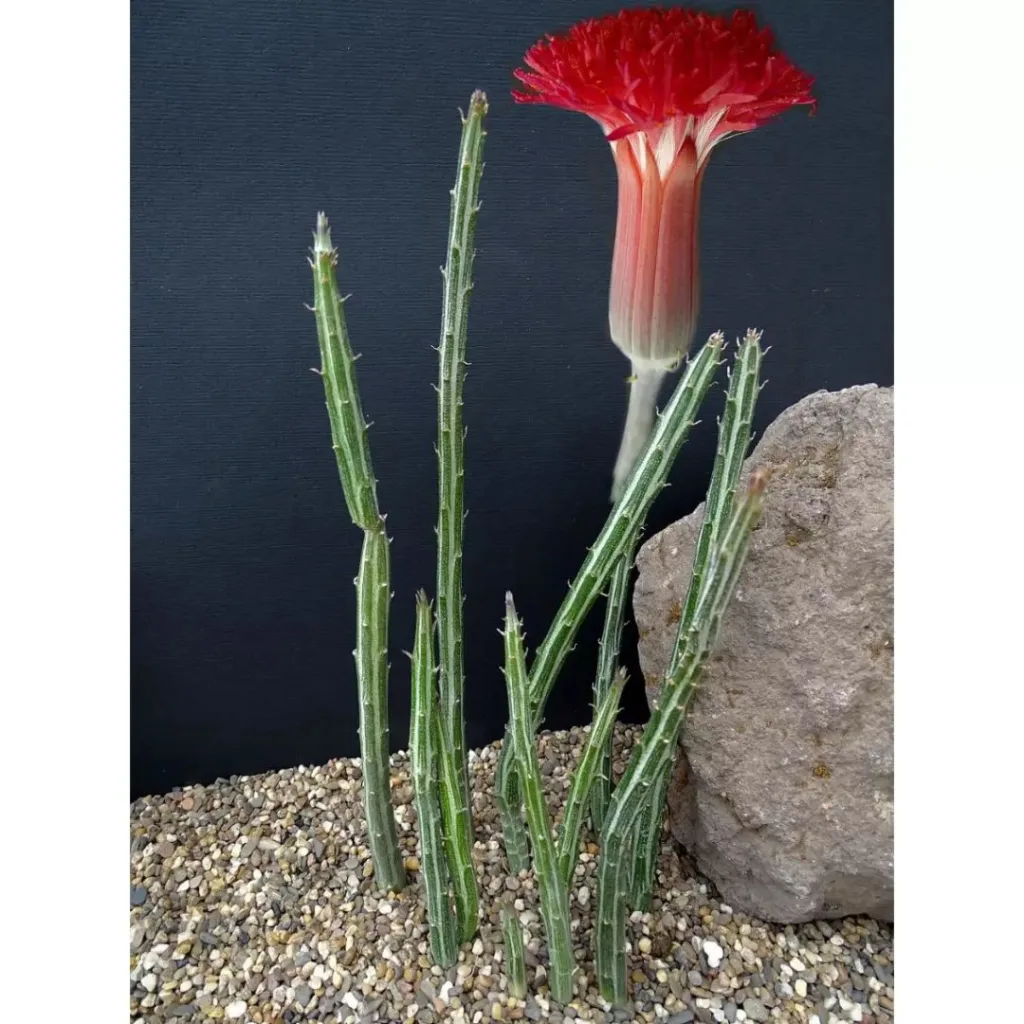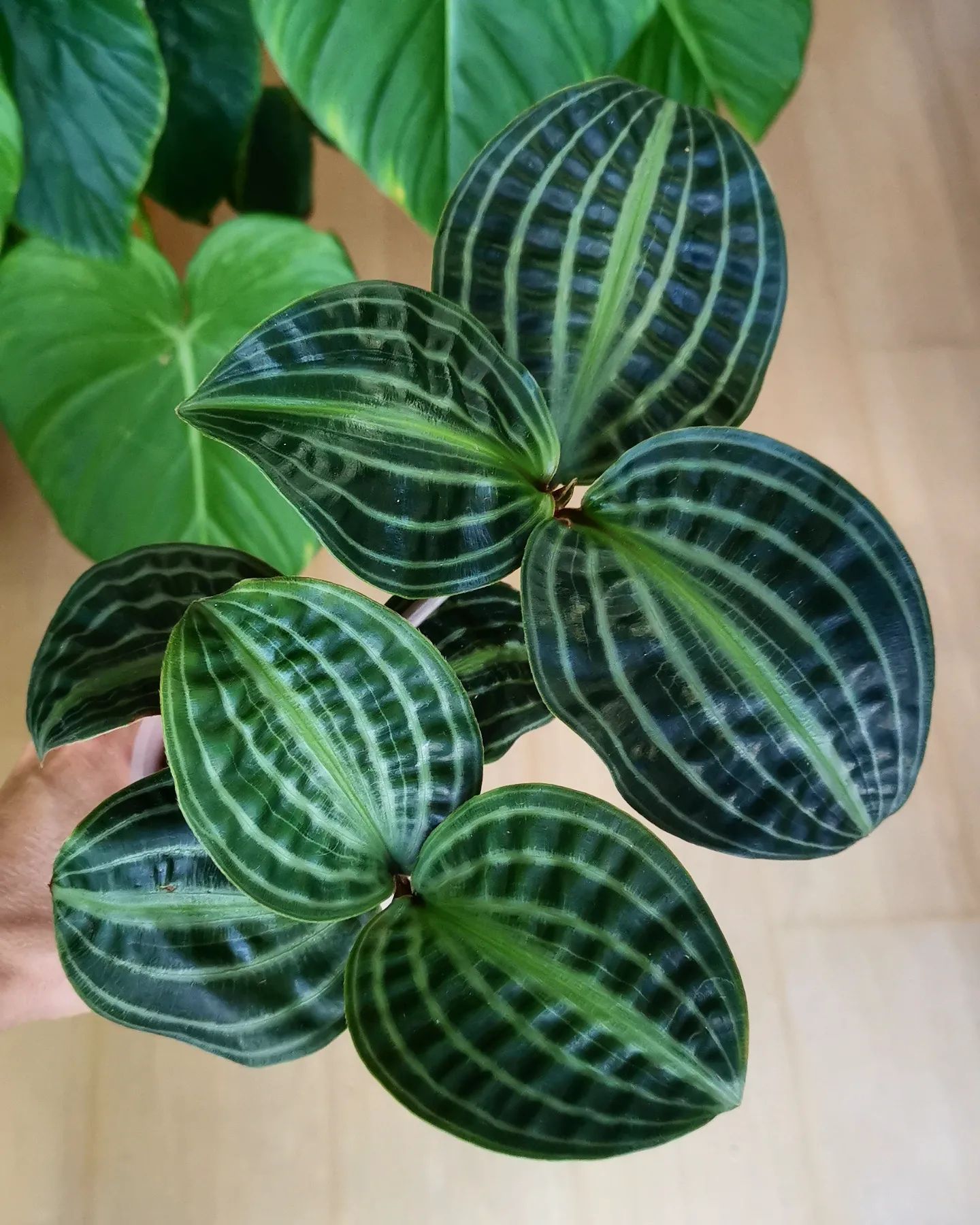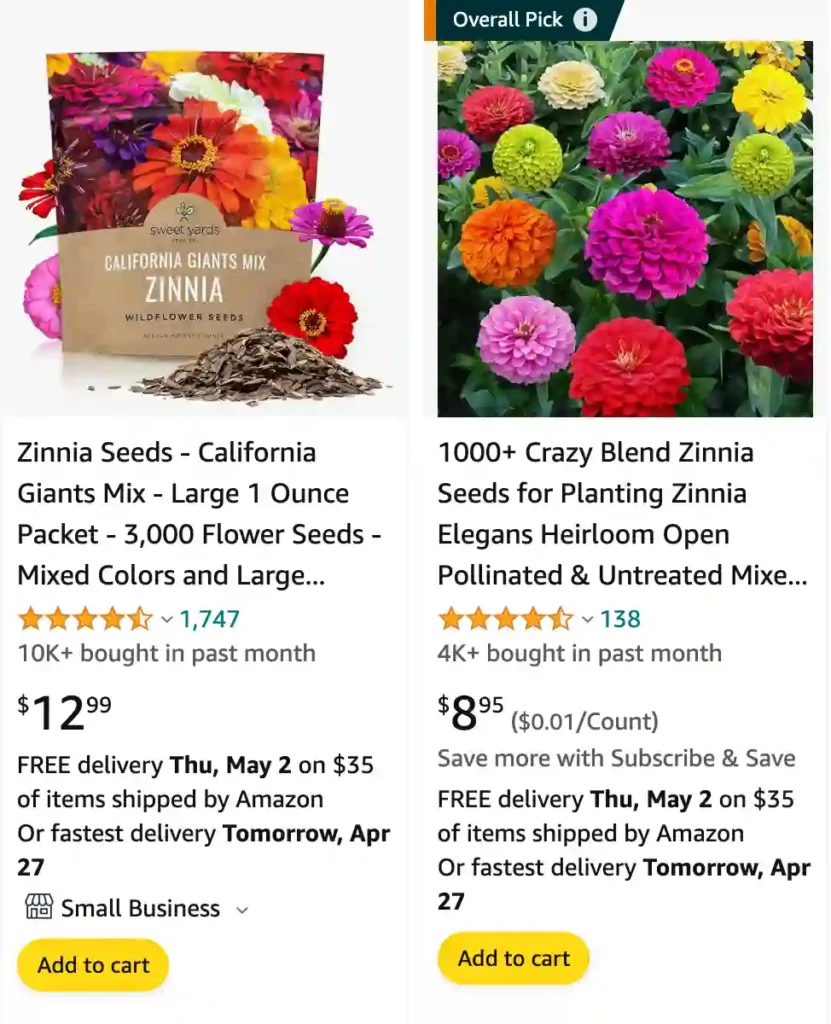
May 9 – Zinnia
"Zinnia, the cheerful flower, represents May 9."
Zinnia symbolizes joy and endurance. You have a bright and uplifting personality, bringing happiness to every situation. Like this hardy flower, you thrive in a wide variety of environments.
My Love Affair with Zinnias
I, Ferb Vu, have always been drawn to the vibrant and cheerful Zinnia. This genus of flowering plants, belonging to the daisy family (Asteraceae), never fails to bring a smile to my face. Native to scrub and dry grasslands stretching from the Southwestern United States to South America, with a center of diversity in Mexico, Zinnias are a testament to nature’s resilience and beauty.
A Diverse Genus
The Zinnia genus boasts approximately 24 species of herbs and shrubs, each with its unique charm. Here are:
- Zinnia acerosa (DC.) A.Gray
- Zinnia americana (Mill.) Olorode & A.M.Torres
- Zinnia angustifolia Kunth Plant FAQs: Zinnia Angustifolia
- Zinnia anomala A.Gray
- Zinnia bicolor Hemsl.
- Zinnia citrea A.M.Torres
- Zinnia coahuilana B.L.Turner
- Zinnia elegans Jacq. Plant FAQs: Zinnia Elegans – Common Zinnia
- Zinnia flavicoma (DC.) Olorode & A.M.Torres
- Zinnia grandiflora Nutt.
- Zinnia guanajuatensis (Calderón & Rzed.) B.L.Turner
- Zinnia haageana Regel
- Zinnia juniperifolia A.Gray
- Zinnia leucoglossa S.F.Blake
- Zinnia maritima Kunth
- Zinnia marylandica D.M.Spooner, Stimart & T.H.Boyle
- Zinnia microglossa (DC.) McVaugh
- Zinnia oligantha I.M.Johnst.
- Zinnia peruviana (L.) L.
- Zinnia purpusii Brandegee
- Zinnia tenuis (S.Watson) Strother
- Zinnia venusta (A.M.Torres) Olorode & A.M.Torres
- Zinnia zamudiana Calderón & Rzed.
- Zinnia zinnioides (Kunth) Olorode & A.M.Torres
What do zinnia seeds look like?
Zinnia seeds are like tiny pieces of magic to me. When I first held them in my hand, I was struck by their size—they’re so small, yet they hold the promise of vibrant blooms. They’re usually dark brown or black, and each one is like a miniature universe waiting to burst forth with color and life. Planting them always feels like planting a little piece of hope in the soil, and watching them sprout and grow never fails to fill me with joy and wonder.
Do deer eat zinnia?
Oh, deer and zinnias… Let’s just say they’ve had a bit of a complicated relationship in my garden. From my experience, deer do seem to have a taste for zinnias, especially when they’re feeling particularly hungry or mischievous. I remember one summer when I had a beautiful bed of zinnias, and I woke up one morning to find them practically decimated by a group of hungry deer. It was heartbreaking to see all that hard work and beauty reduced to nibbled stems and scattered petals. Since then, I’ve had to take extra precautions to protect my zinnias, like using deer repellents and fencing. It’s a constant battle, but when those zinnias finally bloom untouched, it feels like a hard-won victory.
Does zinnia self seed?
Absolutely, zinnias are like little self-seeding marvels in my garden. I’ve noticed that once they start blooming and producing seeds, they can be quite prolific in dropping those seeds everywhere. It’s almost like they’re scattering their own future generations with each gust of wind or passing critter. I’ve had zinnias pop up in unexpected places—cracks in the pavement, between the gaps in the garden stones, even in the midst of other plants. While it can sometimes lead to a bit of unplanned chaos in the garden layout, there’s also a certain charm to the way they assert themselves and spread their beauty wherever they please.
How to pronounce zinnia?
Zinnia is pronounced “ZIH-nee-uh,” with the emphasis on the first syllable. It’s a soft, flowing sound that matches the delicate beauty of the flower itself. Whenever I say the word, it’s like I can feel the warmth of the sun and the gentle breeze in the garden where those lovely blooms sway.
Does zinnia attract bees?
Oh, absolutely! Zinnias are like magnets for bees in my experience. Whenever I have a patch of zinnias blooming in my garden, it’s like a buzzing metropolis of bees moving from flower to flower, collecting nectar and pollen. The vibrant colors and sweet scent seem to beckon them in, and once they arrive, they’re in for a feast. It’s a joy to watch them dance among the blossoms, their delicate wings fluttering as they go about their important work of pollination. Plus, knowing that my zinnias are helping to support these essential pollinators adds an extra layer of satisfaction to growing them in my garden.
How to cut zinnia flowers?
Cutting zinnia flowers is like crafting a bouquet of sunshine. When I gather zinnias for a vase, I like to wait until early morning or late evening when they’re at their freshest and the stems are well-hydrated. With a sharp pair of scissors or garden shears, I carefully snip the stems at a diagonal angle, making sure to cut just above a set of leaves or a leaf node. This helps encourage new growth and ensures that the plant continues to flourish. I always make sure to bring a bucket of water with me to immediately place the freshly cut zinnias in, to keep them hydrated and vibrant for as long as possible.
What is eating my zinnia leaves?
Ah, the mystery of the disappearing zinnia leaves… I’ve had my fair share of detective work trying to uncover the culprit in my own garden. From my experience, there could be a few different suspects at play. One likely culprit could be those sneaky little insects like aphids or caterpillars, which seem to have a particular fondness for zinnia foliage. I’ve also noticed that certain types of beetles and grasshoppers can’t resist nibbling on zinnia leaves, especially during their more vulnerable stages of growth. Of course, there’s always the possibility of furry invaders like rabbits or deer taking a liking to the tender leaves as well. It often takes a bit of observation and maybe even some trial and error with different pest control methods to determine who exactly is the leaf-eating culprit in any given situation.
How to separate zinnia seeds from chaff?
Separating zinnia seeds from their chaff is a bit like finding treasure amidst the debris. After harvesting the zinnia seed heads, I like to let them dry thoroughly in a warm, well-ventilated area for a few weeks. Once they’re dry, I gently rub the seed heads between my fingers or hands, allowing the seeds to fall away from the chaff. Sometimes I’ll use a sieve or a fine mesh screen to help catch the seeds as they separate. It can be a bit tedious, but there’s a satisfying feeling to seeing those tiny seeds emerge from their protective shells. Plus, knowing that each seed holds the potential for a future burst of color in the garden makes the effort worthwhile.
Are zinnia flowers edible?
Zinnia flowers are indeed edible, though they’re more commonly grown for their ornamental beauty rather than their culinary uses. From my experience, the petals have a slightly bitter taste, but they can add a colorful and whimsical touch to salads, desserts, or even as a garnish for drinks. However, it’s important to note that not all varieties of zinnias are safe for consumption, so it’s best to stick to those specifically labeled as edible or grown without pesticides. Additionally, it’s essential to avoid consuming flowers that may have been treated with chemicals or pesticides meant for ornamental use. Overall, while zinnias can add a fun and decorative element to dishes, it’s always a good idea to exercise caution and do your research before incorporating them into your culinary creations.
Are zinnia toxic to dogs?
As far as I know, zinnias are not considered toxic to dogs. From my experience, they’re generally safe to have around pets, including dogs. However, it’s always a good idea to monitor your pets when introducing any new plants into your home or garden, just in case they decide to investigate and nibble on them. While zinnias themselves are not known to be toxic, there’s always the possibility of other potential hazards, such as pesticides or fertilizers that may have been used on or near the plants. As a responsible pet owner, I always err on the side of caution and keep an eye on my furry friends around any new additions to the garden.
Do rabbits eat zinnia?
Ah, rabbits and zinnias… Let’s just say they’ve had a bit of a tumultuous relationship in my garden. From my experience, rabbits do seem to have a taste for zinnias, especially when they’re feeling particularly hungry or curious. I’ve had moments where I’ve carefully nurtured a bed of zinnias, only to wake up one morning and find them nibbled down to stubs by a band of hungry bunnies. It’s always a bit disheartening to see all that hard work and beauty reduced to bunny snacks. To protect my zinnias, I’ve had to resort to measures like fencing or using repellents to keep the rabbits at bay. It’s a constant battle, but when those zinnias finally bloom untouched, it feels like a small victory against the forces of nature.
Where to buy zinnia plants?
Finding zinnia plants can be as delightful as the blooms themselves! From my experience, you can purchase zinnia plants from a variety of sources, depending on your preference. Local nurseries and garden centers are excellent places to start, as they often carry a selection of zinnia varieties suited to your region. Additionally, farmers’ markets or plant sales may offer zinnia plants grown by local growers, which can be a great way to support small businesses and find unique varieties. If you prefer the convenience of online shopping, there are numerous websites and online retailers specializing in plants and seeds that offer a wide range of zinnia options. Just be sure to read reviews and choose a reputable seller to ensure the quality of your plants. Whether you’re browsing in person or online, the possibilities for finding zinnia plants are endless, and each one is a step closer to adding a burst of color to your garden.
Why are my zinnia leaves turning brown?
Ah, the mystery of the browning zinnia leaves… From my experience, there could be a few potential reasons behind this common issue. One possibility is overwatering, which can lead to root rot and subsequent browning of the leaves. Zinnias prefer well-drained soil, so it’s essential to ensure that they’re not sitting in waterlogged conditions. On the other hand, underwatering can also cause stress to the plant, resulting in browning leaves. Finding the right balance of moisture is key to keeping zinnia leaves healthy and vibrant. Additionally, environmental factors like excessive heat or sun exposure can contribute to leaf browning, especially if the plants are not adequately hydrated. Finally, pests or diseases, such as fungal infections or insect infestations, could be causing damage to the leaves. Inspecting the plants closely for any signs of pests or diseases and addressing them promptly can help prevent further browning. By troubleshooting these potential causes and providing the right care, you can hopefully bring those zinnia leaves back to their vibrant green glory.
Do birds eat zinnia seeds?
Birds can indeed be attracted to zinnia seeds, especially as the flowers start to mature and produce seeds. From my experience, I’ve noticed that birds, such as finches and sparrows, may visit my garden to snack on zinnia seeds, particularly during the late summer and early fall when the seeds are abundant. It’s almost like a natural buffet for them! While it can be delightful to watch the birds enjoy the seeds, it’s essential to consider whether you want to save some seeds for yourself for future plantings. If you’d like to ensure that you have seeds to collect, you may need to take measures to protect the seed heads, such as covering them with mesh bags or harvesting them before they fully ripen. Ultimately, sharing the bounty of the garden with our feathered friends adds an extra layer of joy to the gardening experience.
Why are my zinnia flowers so small?
Ah, the mystery of the petite zinnia blooms… From my experience, there could be a few potential reasons behind this common issue. One possibility is inadequate sunlight. Zinnias thrive in full sun, so if they’re not receiving enough light, it can stunt their growth and result in smaller flowers. It’s essential to ensure that they’re planted in a location where they can soak up plenty of sunlight throughout the day. Another factor to consider is soil quality and nutrient levels. Zinnias prefer well-drained, fertile soil with plenty of organic matter. If the soil is lacking essential nutrients, it can affect the plant’s ability to produce robust blooms. Additionally, overcrowding can also lead to smaller flowers, as the plants compete for resources like water and nutrients. Thinning out overcrowded areas and providing adequate spacing between plants can help encourage larger, healthier blooms. Lastly, environmental factors like extreme heat or drought conditions can stress the plants and result in smaller flowers. By addressing these potential issues and providing the right care, you can hopefully coax those zinnias into producing the big, beautiful blooms you’re longing for.
How many zinnia plants per pot?
The number of zinnia plants per pot depends on the size of the pot and the variety of zinnias you’re growing. From my experience, for smaller pots like 6-8 inches in diameter, it’s best to plant one zinnia plant per pot to give it plenty of space to grow and spread out. However, if you’re using larger pots, say 12 inches or more in diameter, you could comfortably plant 2-3 zinnia plants per pot, spacing them out evenly to allow for adequate air circulation and growth. It’s important to consider the mature size of the zinnia variety you’re planting and give each plant enough room to thrive without overcrowding. Additionally, make sure the pot has proper drainage holes to prevent waterlogging, which can lead to root rot and other issues. With the right spacing and care, your potted zinnias should flourish and bring vibrant color to your space.
How many zinnia seeds per square foot?
The number of zinnia seeds you’ll want to plant per square foot depends on the variety of zinnias you’re growing and your desired spacing. From my experience, zinnias typically benefit from being spaced about 6-12 inches apart, depending on their mature size. If you’re planting smaller varieties or plan to thin them out as they grow, you can aim for the higher end of that spacing range.
As a general guideline, you can sow zinnia seeds thinly across the soil surface, aiming for about 4-6 seeds per square foot. This allows each seedling enough space to develop without overcrowding. After the seeds have germinated and the seedlings have established themselves, you can thin them out to achieve the desired spacing, typically leaving the strongest, healthiest seedlings spaced according to the recommendations for your chosen variety.
Of course, it’s always a good idea to refer to the specific planting instructions provided on the seed packet for the variety of zinnias you’re growing, as spacing recommendations can vary depending on the cultivar. Adjusting your seeding density based on the mature size of the plants can help ensure optimal growth and performance in your garden.
How much water does a zinnia need?
Zinnias generally appreciate regular watering to keep the soil evenly moist, but not waterlogged. From my experience, they thrive in well-drained soil that allows excess water to drain away, preventing root rot and other issues. When it comes to watering zinnias, it’s essential to strike a balance. In hot, dry weather, they may need more frequent watering to prevent the soil from drying out completely. However, overwatering can be just as detrimental as underwatering, so it’s crucial not to let the soil become waterlogged. As a general rule of thumb, I aim to water my zinnias deeply but infrequently, allowing the soil to dry out slightly between waterings. It’s also helpful to water at the base of the plants rather than overhead, as wet foliage can increase the risk of fungal diseases. By paying attention to the moisture levels in the soil and adjusting your watering frequency accordingly, you can help ensure that your zinnias stay healthy and vibrant throughout the growing season.
How to save zinnia seeds for next year?
Saving zinnia seeds for next year is a rewarding way to continue the cycle of growth and beauty in your garden. From my experience, here’s a simple method for saving zinnia seeds:
- Allow the zinnia flowers to fully mature on the plant. You’ll know they’re ready for seed harvesting when the flowers have faded and the seed heads begin to dry out and turn brown.
- Once the seed heads are dry, carefully snip them from the plant using sharp scissors or pruning shears. It’s best to do this on a dry day to prevent any moisture from affecting the seeds.
- Place the seed heads in a paper bag or envelope to continue drying further. Make sure to label the bag or envelope with the zinnia variety and the date of harvest for reference.
- After a week or two of drying, gently shake the seed heads to release the seeds. You can also rub the seed heads between your fingers to help loosen the seeds from the chaff.
- Pour the seeds onto a clean, dry surface and remove any remaining bits of chaff or debris. You can use a fine mesh sieve or strainer to help separate the seeds from the chaff.
- Once the seeds are clean and dry, store them in a cool, dry place in an airtight container, such as a glass jar or seed packet. Be sure to label the container with the zinnia variety and the date of harvest.
A Lasting Impression
My fascination with Zinnias goes beyond their physical beauty and practical uses. They represent a connection to nature, a reminder of the simple pleasures in life. Whether I’m admiring their vibrant colors, watching pollinators at work, or simply enjoying their presence in my garden, Zinnias always bring me a sense of peace and joy.
In the words of the poet, Ralph Waldo Emerson, “The earth laughs in flowers.” And for me, the laughter of the earth is nowhere more evident than in the cheerful blooms of the Zinnia.
If i die, water my plants!
